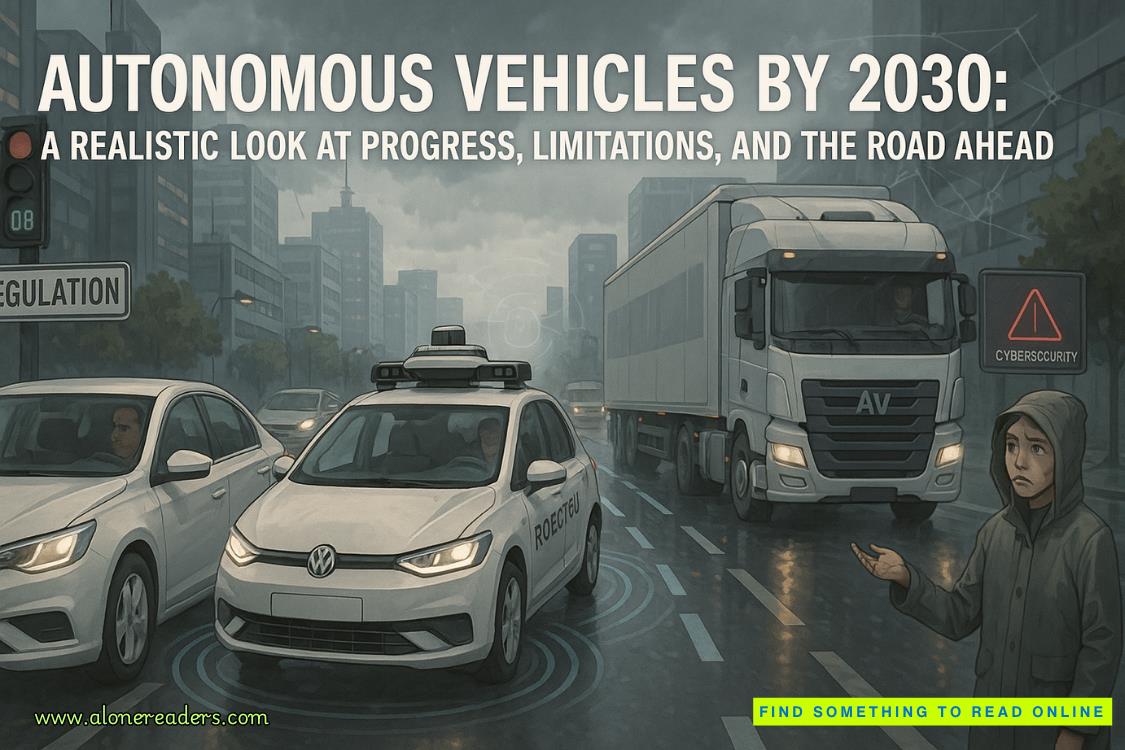Page 32 of The Unstoppable Wasp
Margaret laughed, so easy and infectious that it made Nadia laugh in turn. “Okay, so you’ve heard the spiel.”
“I have,” Nadia admitted. “It’s why I’m here.”
Margaret leaned back in her chair and folded her arms across her chest, focusing the full weight of her stare on Nadia with a smile. “Then I want to hear your story, Nadia Van Dyne. What do you do? How is Pym Labs these days? What are you excited about?”
There was a question she hadn’t been expecting. Nadia shrugged and looked away from Margaret’s gaze. Nadia was a big talker—she loved to talk with and about other people—but she didn’t always love being put on the spot or being asked to talk about herself or her passion projects. That was more Janet’s and Alexis’s territory. And, while she had a lot on her plate lately, she didn’t know if she was necessarily excited about any of it. Or any one thing more than the rest. Mostly, she was just stressed.
There was also the fact that when Nadia did talk about herself, with anyone who wasn’t Dr. Sinclair, the Red Room often inevitably came up. Which led to pity. Something about relaying the origin story for her love of science made Nadia self-conscious. These days, she tiptoed around that part carefully with strangers.
“Well,” Nadia started, a little awkwardly. “I run Genius In action Research Labs, an all-girl division of Pym Laboratories meant to incubate the best and brightest talent New York City has to offer. But,” she added, speeding up, “it’s about resources and problem solving and teamwork and so. Much. Science.
“I want to take G.I.R.L. statewide, and then worldwide,” Nadia said. “And we’re currently working on a project for Stark Industries’ Like Minds think tank, focused on local environmental sustainability, but every idea I come up with is…”
“Also worldwide?” Margaret guessed.
“Yes!” Nadia leaned forward in her vaguely uncomfortable but very stylish plastic chair. “Exactly.”
“G.I.R.L. sounds like an incredible undertaking.” Margaret tapped her foot against her chair leg absentmindedly. “I wish there had been something like that at Pym Labs while I was there. I’m sure you’re changing lives.”
“Not like you.” Nadia shook her head. “You’re changing people’s lives all over the world.”
“Sure.” Margaret shrugged. “Now. But VERA started in my parents’ basement when I was fourteen. We all start somewhere. And you’re going somewhere, Nadia. I can tell.”
Nadia sucked in her bottom lip. She hoped so. So, so much.
“I’m so glad you came by to find me,” Margaret said, leaning over the table to grab the VERA. “I’d love to talk about ways HoffTech and G.I.R.L. could partner—”
The VERA sprang to life, surprising even Margaret. “Your three o’clock is early, Ms. Hoff.”
“Rats,” Margaret muttered. “Nadia, can you wait in here for a few minutes? I have to handle this guy or else he gets—”
“I know how that is,” Nadia said. “I’ll be here.”
“Thank you so much, I’ll just be two seconds.…” Margaret’s voice trailed behind her as she rushed out of the glass office.
Nadia sat back in her squeaky clear chair and looked up at the screen in front of her.
At all that red.
NADIA’S NEAT SCIENCE FACTS!!!
Computers run programs based on instructions called code. If there is an error in that code—or a “bug”—the program will still run, but it will output an incorrect or unexpected result.
So, here. Pretend your dog could make you breakfast as long as you gave it instructions on how exactly to do this task. And I mean exactly. Something like: “Open cupboard door. Get cereal box. Open cereal box. Retrieve bowl. Pour cereal into bowl until half-full. Open refrigerator. Retrieve milk. Open milk carton. Pour milk into bowl until full.” But imagine you accidentally wrote “water” instead of “milk.” Your dog would still make you breakfast, but it would be pretty gross. That would be your fault, though—human error—and not your dog’s. That’s the equivalent of a coding bug. Human error.
In a computer, even a tiny bug can have epic consequences. Take, for example, July 22, 1962. NASA launched a rocket, Mariner 1, that was supposed to head for Venus. I say “supposed to” because five minu
tes into the flight, Mariner 1 veered off course and—kablooey. It had to be destroyed before it accidentally crash-landed on a city. Eighteen million 1962 dollars down the drain—that’s over a hundred and fifty million in today’s dollars. You would assume it would have to be a pretty big mistake to cause something that terrible, right? Actually, it was ridiculously small: In the thousands of lines of code controlling the rocket, a programmer had forgotten to add a dash to one single equation.
Kablooey.
Enter AI. These machines that are capable of self-learning can also, when coded correctly, become capable of fixing their own code. Just like I can go online to search for “best bagel in Cresskill, NJ” or “how to create a three-story Teleforce,” AIs can go online to compare their own code to code that is designed to perform similar functions. These open-source repositories, like GitHub, are places where programmers make their own code available online for free (it’s “open” for anyone to use—even other computers!). If the AI thinks that code is superior to their own, they can use it to replace pieces of their own code—including code that might include bugs.
Of course, that only works if the AI’s programmers are aware of the latest updates in automatic bug repair.
And luckily for HoffTech, I am.
“Nadia, I am so sorry,” Margaret said, hustling back into the room not fifteen minutes after she’d left. “I have a little more time—Oh!”















